Palmetto Bluff Real Estate Company Sales Office
Office Hours
Monday-Friday 9am - 5pm
Saturday 9am - 4pm
Sunday 12 - 4pm
Saturday 9am - 4pm
Sunday 12 - 4pm
Few animals evoke the spirit of the Lowcountry better than the dolphin. Friendly, clever, and often stunningly beautiful, dolphins are always a delight to behold. In the waters around Palmetto Bluff, you’re most likely to see the Atlantic bottlenose dolphin, one of the most abundant and well-studied dolphins in the world. Surprisingly, the bottlenose dolphins of our coastal estuaries are unique in their behaviors, some of which may even be witnessed right here in the May River.
Dolphins associate with one another in groups called pods, which in our area usually number between two and ten individuals. There are two types: nursery pods and juvenile pods. Nurserv pods consist of females and their young offspring. Nursery pods involve a sort of dolphin daycare, with adult females taking turns watching and protecting the young while the others feed. Juvenile pods are groups of males and females who have left their mothers, but have not yet reached maturity. Juvenile pods provide an environment in which immature dolphins continue to learn to hunt and to take care of themselves, as well as how to interact socially. Adult male dolphins are almost never found in pods. Instead, they live alone or occasionally with one other male, interacting with the pods only when it is time to mate. If you see a solitary dolphin, chances are it is an adult male.
Dolphins become sexually mature between the ages of 6 and 13, with males maturing a bit later than females. In spring and summer (or sometimes as late as early autumn), pods of adult female dolphins begin interacting with the males, indicating that it is time to mate. Pregnancy lasts about 12 months, and the female will have her calf in shallow, calm waters like the May River. Often, the mother will be attended by other female dolphins who act as midwives, helping with the birthing process. The baby dolphin will nurse for at least 18 months, and it will stay with its mother an additional three to five years after it is weaned.
While it is not uncommon in any ocean to see dolphins stirring up schools of fish with their tails or chasing minnows along the shoreline, Palmetto Bluff’s dolphins have a more effective — and potentially more dangerous — method of capturing prey. A group of dolphins will herd a school of fish onto a soft mud or sand bank, sometimes even splashing with their tails to toss fish up and onto the exposed land. Then, they throw themselves up out of the water and onto the shore, where they collect the helpless fish. It’s a perilous trick, because it can be difficult for the dolphins to get back into the water after beaching themselves. But our Lowcountry dolphins have learned to reduce the risk by utilizing this feeding strategy only on a rising tide. If they do become stuck, they will have to wait only a short time before the tide frees them. Interestingly, this feeding behavior is unique to certain demographics as well. Juvenile dolphins are much more likely to practice this strategy than adults, and males more often than females.%GALLERY%In some waters, dolphins live with the threat of orca whales, large sharks, or whaling vessels, all of which sometimes prey on them. But in South Carolina, the coastal waters and nearby ocean are too shallow for most predators, so dolphins live a relatively stress-free life. The main threat to local bottlenose dolphins is pollution by humans. A dolphin can become entangled in abandoned fishing lines or nets, or choke on a can or plastic bag. For that reason, it is especially important to avoid littering and pick up trash when you notice it along the shore.
Dolphins are also at risk from motorboats, the propellers of which sometimes leave dolphins with serious and even fatal injuries. Dolphins are smart enough to get out of the way of most boats, especially in areas like the May River where boaters know to limit their speed and drive carefully. But in open water, where boats can move faster, dolphins can be caught off-guard and be badly harmed or even killed. So keep in mind the next time you are boating; you share the water with other species as well.
Although usually friendly and inquisitive, our local dolphins can understandably be quite skittish at times, particularly when a female is nursing her calf. If you see a group of full-grown dolphins accompanied by smaller ones (a nursery pod), try to watch from a distance, or they will almost certainly make a quick getaway. Young adult males (often seen in twos) and juvenile pods, on the other hand, are much more likely to take interest in human activities and swim up for a closer look. Even so, don’t try to approach a pod of dolphins, or you may alarm them; let them approach you.
If you’re interested in getting involved in dolphin studies or learning more about the animals found in the May River, you can do so through the Palmetto Bluff Conservancy. A grant from the Conservancy helps fund the work of Dr. Eric Montie, a marine biologist at the University of South Carolina Beaufort, who is studying the fish and dolphins in our tidal estuaries.
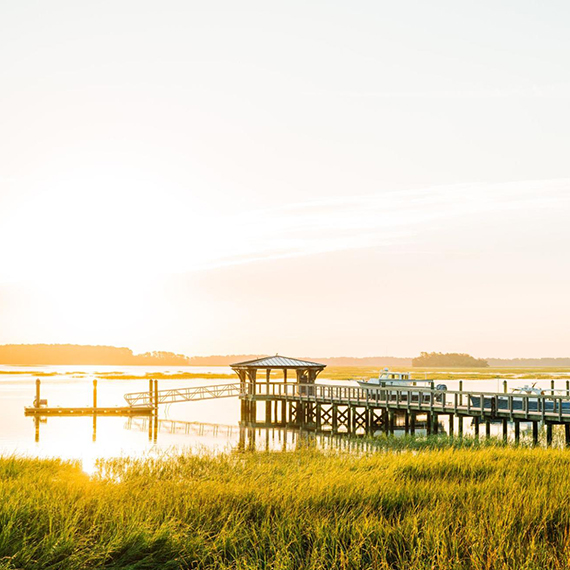
The golden glow of the marshes, the crisp air, and the sense of calm after a busy summer season all make this time of year unforgettable. Whether you’re enjoying the Bluff or exploring the wider coastal region, here are five reasons why fall is when the Lowcou...

David’s Journey to Palmetto Bluff Born and raised in Lewisburg, West Virginia, David Johnson’s career path began with a moment of chance. While studying Finance and Economics at Marshall University, he walked into the Greenbrier Sporting Club’s real estate of...

Palmetto Bluff Club: Finding Your Perfect Fit Tucked into the heart of the Lowcountry, Palmetto Bluff is a place where life unfolds at its finest pace—unhurried, connected, and deeply rooted in community. Membership here goes beyond access to world-class amen...

4 Ways to Incorporate Coastal Fall Decor into Your Home in 2025If you are planning to decorate your home for fall, you might feel limited to warm colors and chilly weather. But if you live on the coast, you can easily incorporate coastal fall décor into your h...
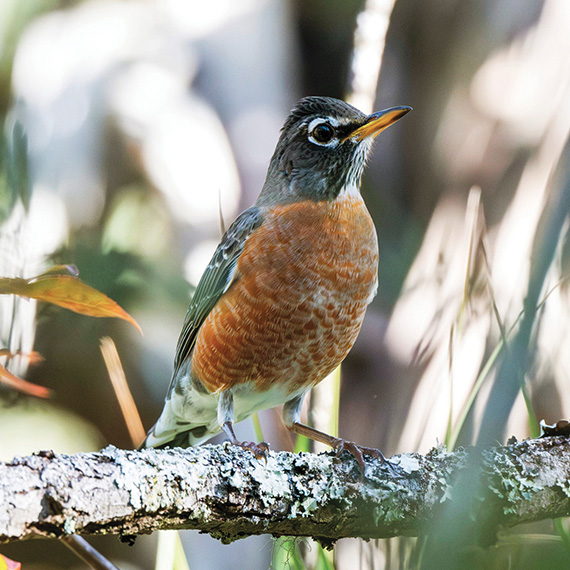
Here in the Lowcountry, the Conservancy brings FeederWatch to life with guided sessions at the Conservancy’s bird feeders. Education and Outreach Manager Aaron Palmieri leads these gatherings, teaching attendees how to identify wintering species, choose the ri...
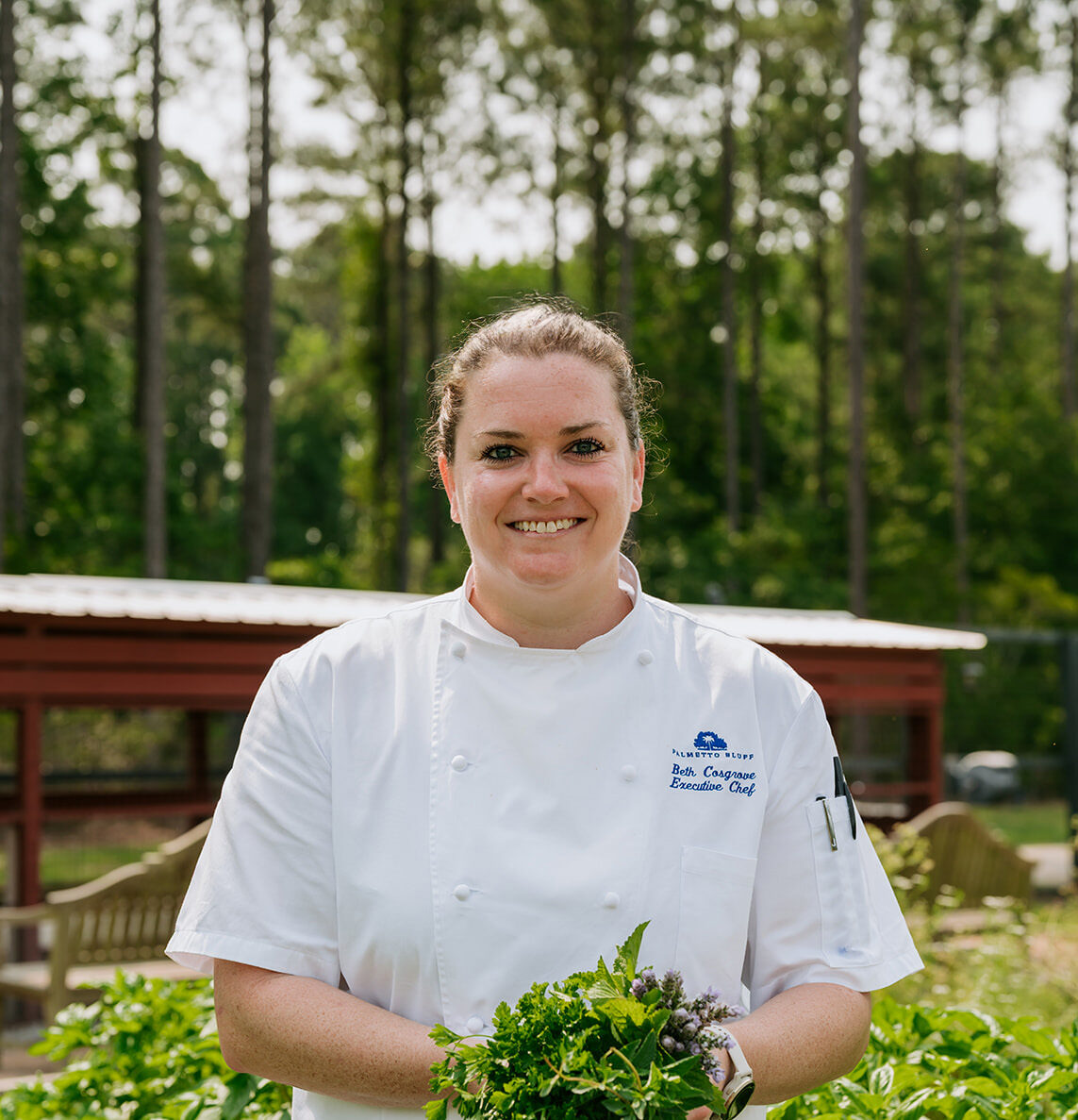
Chef Beth Cosgrove shares her favorite game day dip—with a Southern twist. Ingredients 2 cups cooked sea island red peas, crushed with a fork 1 recipe of pimento cheese dip (recipe below), room temperature 2 cups crème fraiche 1 cup fire-roast...

At Palmetto Bluff, newly built homes are more than residences—they are carefully crafted retreats offering the best of Lowcountry living. Palmetto Bluff Real Estate Co. Agent, Amanda Cutrer, shares the benefits of buying “new” in the Bluff. Builder Support ...
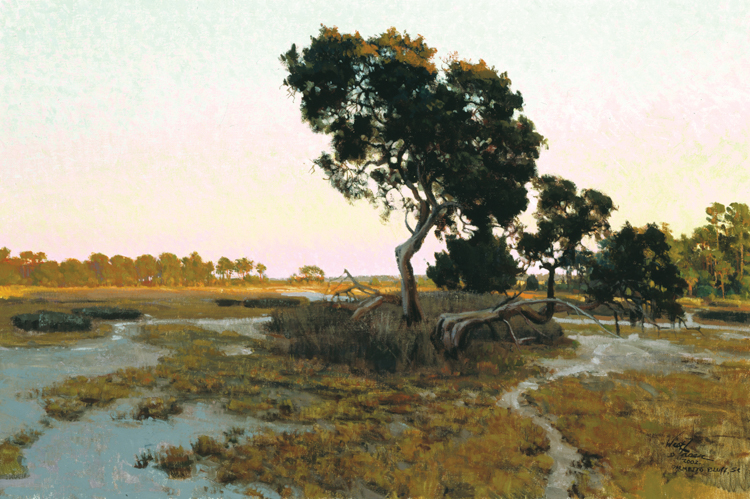
Visionary land planner Mark Permar reflects on Palmetto Bluff's rich history and its enduring connection to the land. With Anson on the horizon, the legacy of designing with nature lives on.How did you first get involved with Palmetto Bluff? I believe it was ...
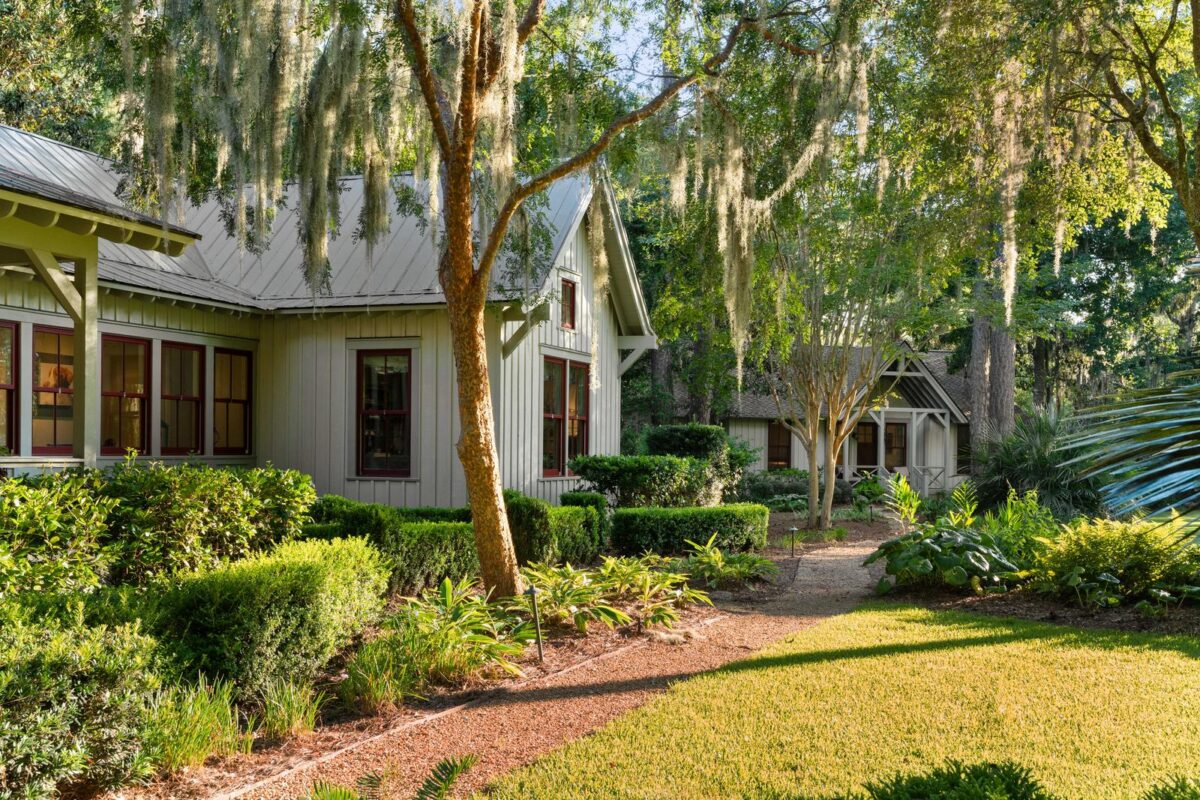
Explore Available Listings with Room For the Whole Family At Palmetto Bluff, life moves at the pace of the tides; slow enough to savor, yet rich with moments worth sharing. And when it comes to welcoming the people you love most, the right home makes all the ...
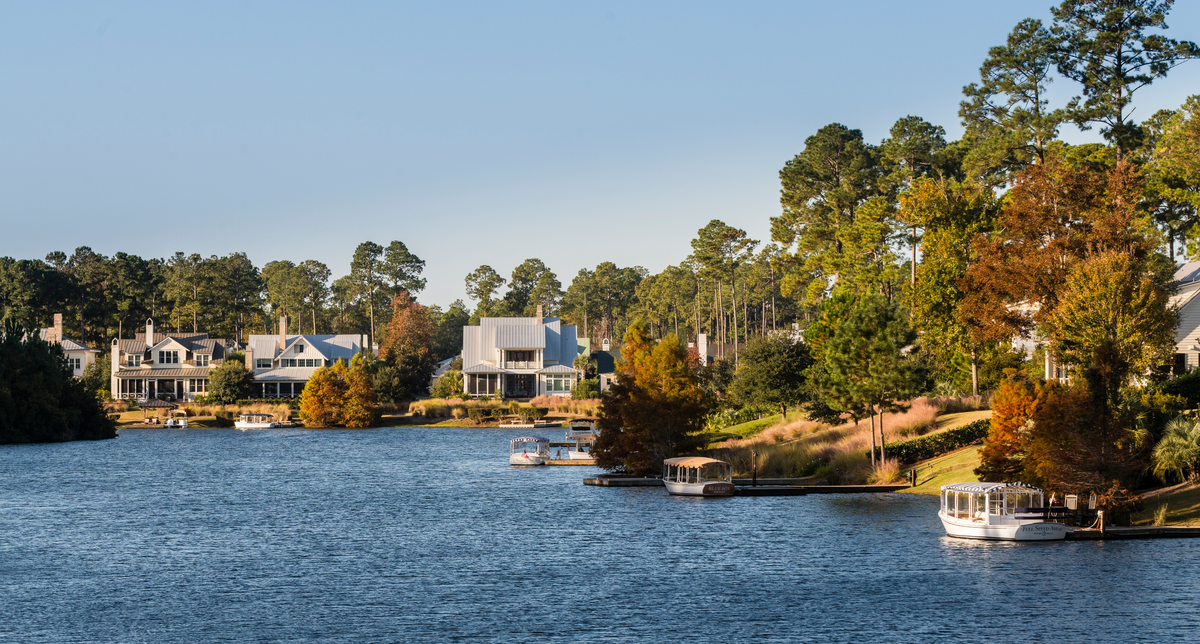
Real Estate in Bluffton, SC: Trends, Updates, and Insights The first half of 2025 has been nothing short of remarkable for Palmetto Bluff Real Estate Company, with sales volume, transaction count, and market share setting a strong pace for the year ahead. As ...
Learn about the Palmetto Bluff Conservancy and how we keep the vision of our land in place.
On land or water, there is an ever-evolving variety of activities.
We do not attempt to independently verify the currency, completeness, accuracy or authenticity of the data contained herein. All area measurements and calculations are approximate and should be independently verified. Data may be subject to transcription and transmission errors. Accordingly, the data is provided on an “as is” “as available” basis only and may not reflect all real estate activity in the market”. © [2023] REsides, Inc. All rights reserved. Certain information contained herein is derived from information, which is the licensed property of, and copyrighted by, REsides, Inc.